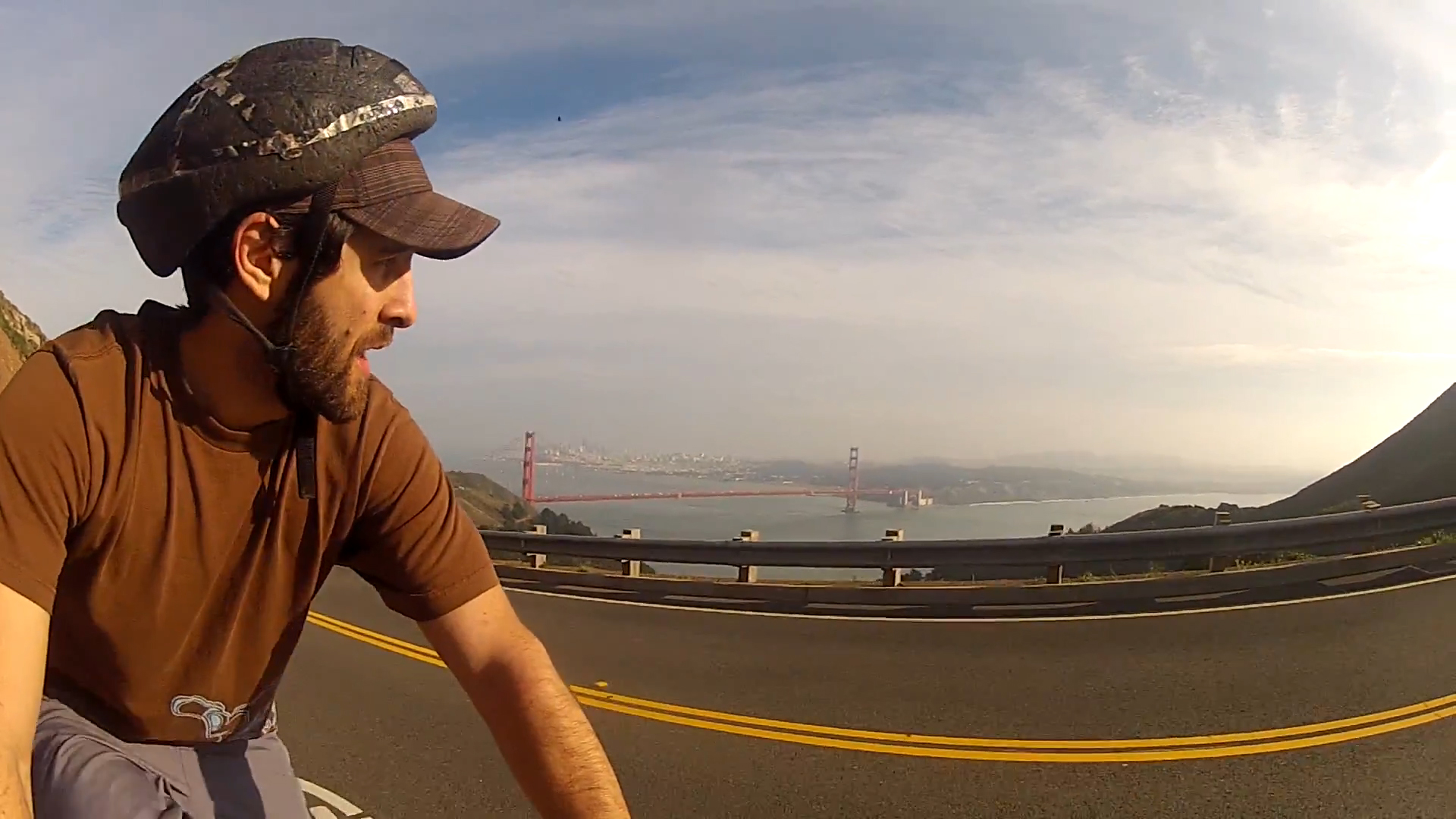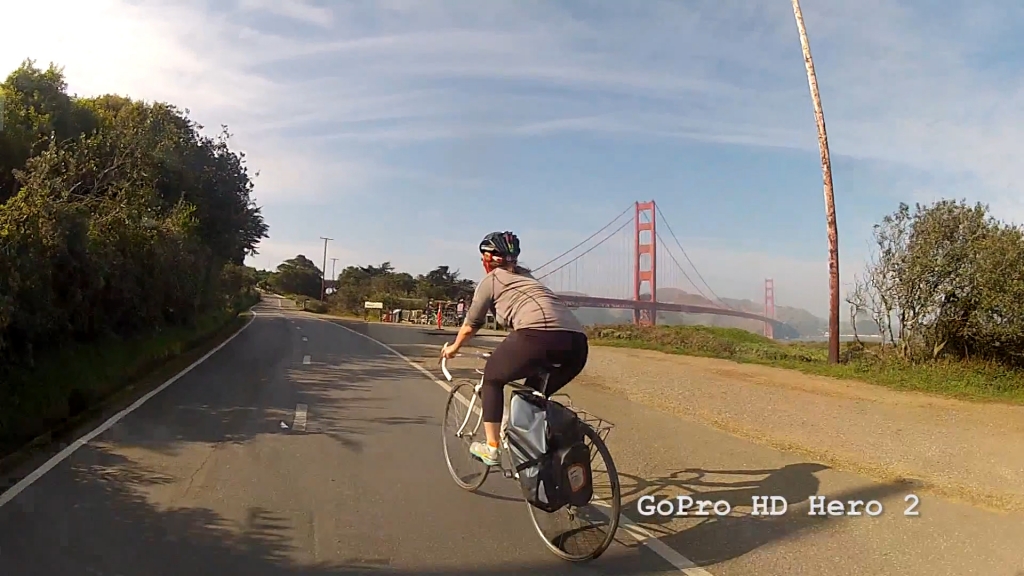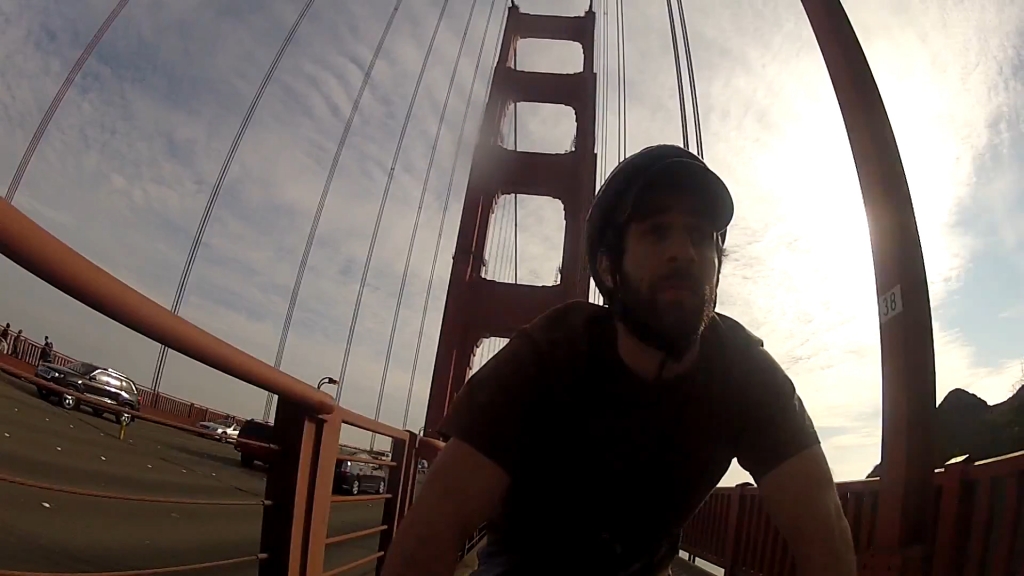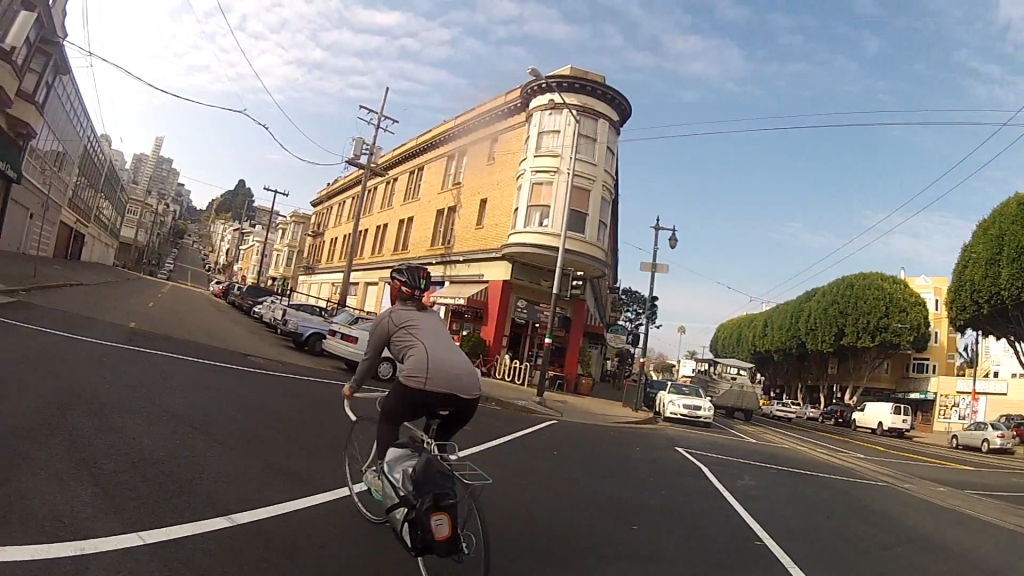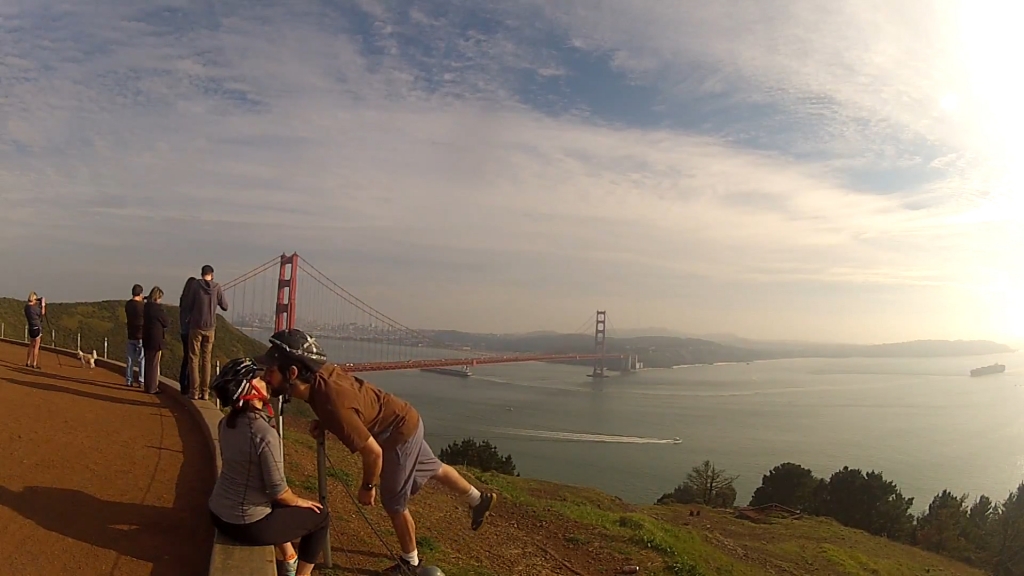The last post was about the expedition camera + laptop technology of 2006, how I struggled with its limitations, and what I learned about preventing it from breaking on a 10,000 mile bike tour from Mexico to Argentina. Looking back, its really quite incredible how much evolution we have seen in phone and camera tech.
The camera that on the 2006 trip was a Panasonic PV-GS110, one of the smallest mini DV cameras at the time. It had 3 CCD image sensors, as opposed to one sensor which is what most small cameras had. After seeing the webisodes, or Spinning Southward, many people have asked if I had a big pro camera, because the 3 sensors made the images looks so good. This camera is great, and still works to this day, but the improvements and price drops that have come for this market are pretty unbelievable. This is apparent in the main video camera I use today, which is the Canon Vixia HF S10, kind of a modern day equivelant to the Panasonic PV GS110.
The first major evolution has been from mini DV (Digital Video) casette tapes to SD (Secure Digital) Cards. For expedition documentaries this is a HUGE improvement. Now SD cards have been around since 1999, even the camera I brought on the trip had one that it saved low resolution pictures to. But it also had a lot of moving parts to record to the tape, eject the tape, rewind the tape….basically anything you did with the camera needed a bunch of tiny little gears to do. All those tiny little gears can, and will, eventually break. With SD cards, there are no moving parts, they never need to be rewound, and you can pull them from the camera and pop them into the computer and start editing immediately (With tapes you have to capture each tape, which takes an hour or more before you can edit). The tremendous time savings and reliability is especially important when you are on the road.
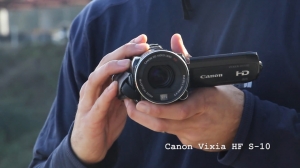 |
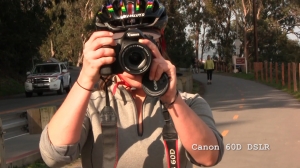 |
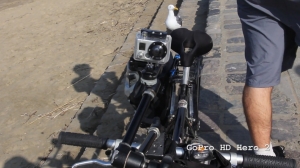 |
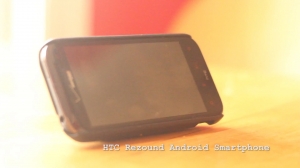 |
The second is the onset of the DSLR photo camera starting to record digital video in high definition. In 2008, 2 years after I finished the year-long bike trip, the first DSLR cameras started recording high definition video. This allowed film makers to have a very high quality image in a small and light package, with very few moving parts, and removable lenses to get some really beautiful shots – Like this film, shot completely with a DSLR. This was the camera I dreamed of when I was on tour–and a bonus is these all record to SD cards.
The third improvement is…. basically these new HD cameras being tiny, cheap, and everywhere. Two great examples are the new GoPro Cameras (which use SD cards as well), and any new smart phone on the market (which mainly use miniSD, unless its an iPhone). The GoPro is a small, simple, and reliable. People put these cameras through hell and they still come out shining with great video. Now you probably don’t want to shoot an entire film on these with a fixed fisheye lens, but for action shots and as a back up they are great, and shoot in high definition. Most phones these days shoot in high definition as well, adding yet another cheap, high quality backup option.
Any way you slice it, if you were to go out and shoot an expedition documentary today, the tools you have at your disposal are fantastic, far better than what I had in 2006 when I shot Spinning Southward. Just remember, the tools don’t make the film, in the end its all about the story.
If you have any other questions please ask, I would love to hear other opinions on this.

